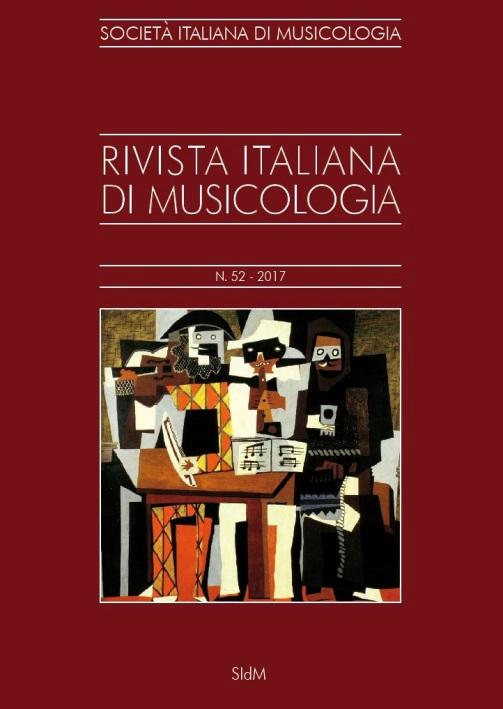Il De tibiis veterum di Caspar Bartholin e l’erudizione organologica antiquaria nel secondo Seicento
Abstract
Caspar Bartholin’s De tibiis veterum (Rome, 1677) is a rather large-scale work dedicated to tibias and, more in general, to all double-reed wind instruments of the ancient Greek-Roman world. The reconstruction of the Author’s biography has cast new light on the context that produced this work. Bartholin is today remembered as a renowned scientist: initially a medical doctor, he was appointed, very young, Professor at the University of Copenhagen. In order to reach that position, he had pursued a rather traditional cursus studiorum based not only on the study of sciences, but also on the acquisition of a deep classical erudition based on the cult of the antiquitas; in doing this, he had followed the footsteps of all the male members of his illustrious family. The completion of a long educational trip in the European cultural capitals of the time was also a requirement within this process. Bartholin conceived and began the De tibiis veterum before leaving, possibly following his father’s advice; the work was then completed and published in the course of his trip. This work was the last and more substantial among his scholarship essays.


